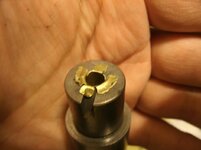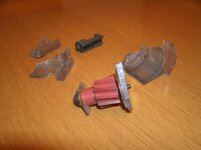- Messages
- 206
- Reactions
- 147
I'm wondering what general consensus is here. I have some confusion. One strange thing is that I have plenty of room left in some loads that my Lee reloading book states is a "compressed load". Then when I was comparing loads, my Lee book states a max load of 56.6 yet the powder company has a max load of 58.3 with RL-22 in my 270win cartridge. Is it basically general consensus that book listed max loads are roughly the max load so long as you're safe and cautiously watch for pressure signs as well as applying common sense to the capacity, velocity/pressure ratios, and the burn type of your powder? I want to do incremental testing for bullet and powder combos and have loaded several sets of combos within the Lee recommendations but when I see discrepancies like the ones stated above, I'm really wanting to use my own load data and work up from low to high cautiously.













